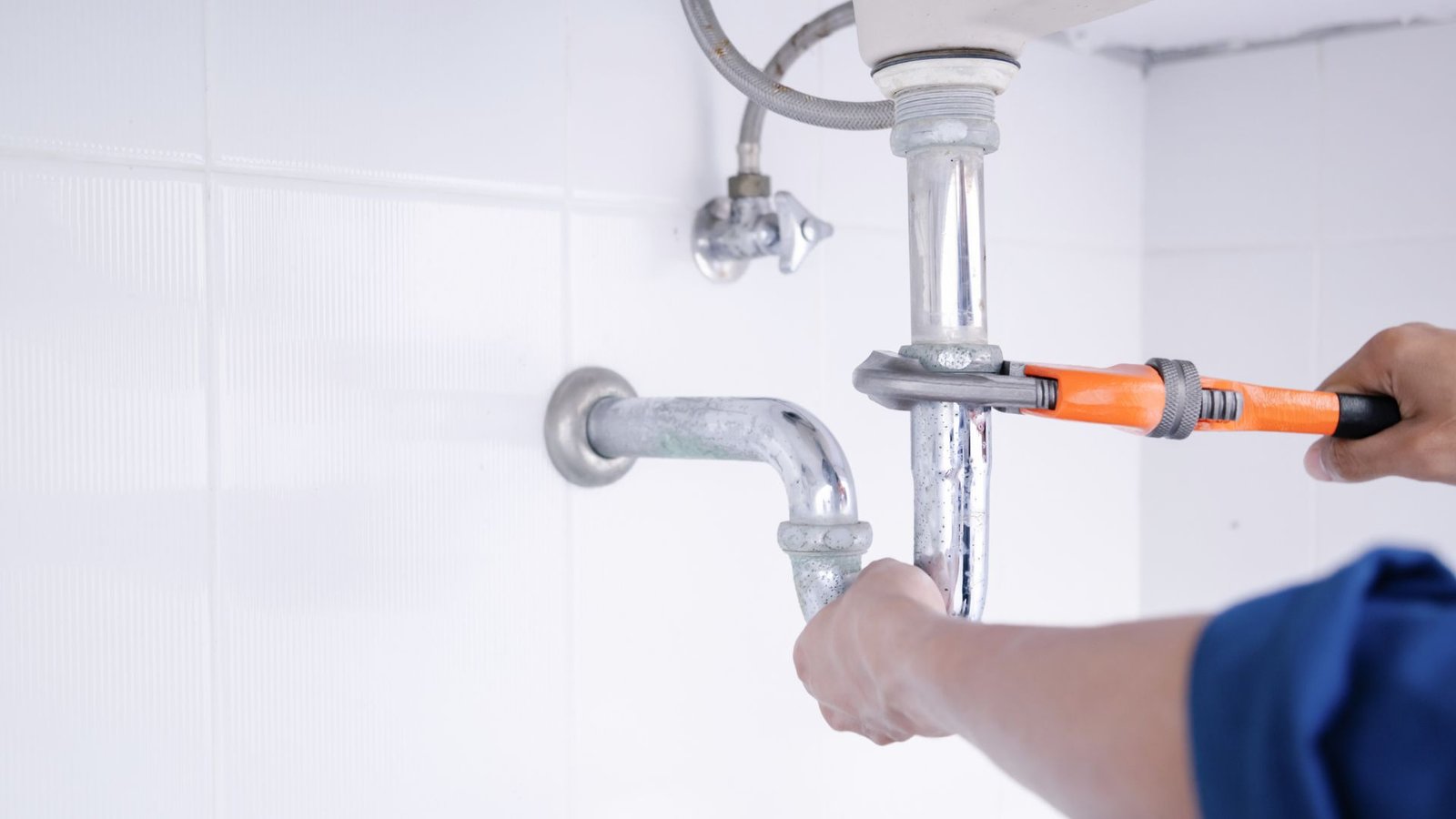Title: 5 Most Common Emergency Plumbing Issues Homeowners Face (And What to Do First)
When a plumbing emergency strikes, panic often sets in. But knowing the most common issues — and what steps to take immediately — can reduce damage and give you peace of mind until help arrives. In this post, we’ll walk through five emergency plumbing problems you’re likely to run into, and what you can do before a pro steps in.
Why Emergency Plumbing Readiness Matters
- Plumbing crises don’t respect schedules — they often happen at nights, weekends, or holidays.
- Early, proper action can minimize water damage, mold, structural issues, and costly repairs.
- Understanding what qualifies as an emergency helps you decide when to call a professional vs. attempt a temporary fix.
In Blog 2, we’ll dig deeper into how to choose the right emergency plumbing service in your area, including red flags to watch for.
The 5 Most Common Plumbing Emergencies
Here are issues homeowners frequently call an emergency plumber for — and how you can respond right away:
1. Burst or Ruptured Pipes
What it looks like:
- Sudden, heavy water flow from a pipe or fitting
- Gushing behind walls, ceilings, or floors
- Pooling water in floor areas or walls
First steps to take:
- Turn off the main water supply immediately (if accessible).
- Open faucets to relieve pressure and drain remaining water.
- Contain the leak using buckets, towels, or tarps.
- Call an emergency plumbing service ASAP.
Pipes can burst due to freezing conditions, corrosion, high pressure, or old materials. Timely action prevents escalation.
2. Severe Leaks (Hidden or Obvious)
What it looks like:
- Wet patches on walls, ceilings, or floors
- Persistent dripping even when fixtures are off
- Unexpectedly high water bills
First steps to take:
- Shut off local water valves (to fixtures or zones)
- Place containers under drips
- Use plumber’s tape or pipe clamps as a stop-gap
- Schedule emergency help
Even slower leaks can lead to mold, foundation damage, or degraded drywall if left untreated.
3. Clogged Drains / Toilets Backing Up
What it looks like:
- Slow drainage or standing water
- Gurgling sounds in drains
- Overflow from toilet or fixtures
First steps to take:
- Use a plunger carefully (don’t force it)
- Try a drain snake or auger if you’re comfortable
- Avoid chemical drain cleaners if possible (they can damage pipes)
- If multiple fixtures are backing up, it may signal a main line or sewer issue — call a pro
Drain clogs are among the top emergency calls. mrrooter.ca+1
4. Water Heater Failure or Leak
What it looks like:
- Water puddling around the base of the heater
- No hot water or fluctuating temperature
- Strange noises (popping, hissing)
First steps to take:
- Turn off power (or gas) to the heater
- Shut off water inlet valve
- Drain some water if necessary to reduce pressure
- Contact an emergency plumbing specialist
A faulty water heater can damage nearby structures and pose safety risks.
5. Sewer Backups or Overflow
What it looks like:
- Wastewater or sewage coming up through drains
- Foul, strong odors
- Gurgling toilets, multiple slow drains
First steps to take:
- Immediately stop using water in your home
- Ventilate the space
- Avoid contact with backing-up water
- Call for emergency help immediately
Sewer line issues are serious due to health hazards and property damage potential. Home Heroes+1
How to Decide When to Call an Emergency Plumber
| Scenario | Call Immediately | Try First / Wait |
|---|---|---|
| Pipe burst or flooding | ✅ | — |
| Major leak behind wall or ceiling | ✅ | — |
| Sewer backup / sewage overflow | ✅ | — |
| Clogged sink or toilet (isolated) | Maybe | You can try a plunger |
| Minor drip or slow leak | Wait | Monitor or schedule repair |
If in doubt, err on the side of calling a professional. You can always cancel if it turns out less serious.
What to Expect from a Quality Emergency Plumbing Service
When you place that emergency call, here’s what you should look for:
- 24/7 availability
- Clear response time estimate
- Upfront communication and diagnosis
- Professional equipment and experience
- Follow-through (repairs, cleanup, explanation)
If you’re in Brentwood, you can learn more or get in touch here: Emergency Plumbing Services in Brentwood, CA. Or reach out via their contact page: Contact Us.
Preventative Tips to Reduce Emergency Risk
- Know where your main shut-off valve is
- Avoid flushing non-flushables
- Schedule regular drain cleaning
- Inspect exposed pipes for corrosion or wear
- Monitor your water heater annually
Conclusion
Plumbing emergencies can be stressful, but you don’t have to be helpless. Understanding the most common scenarios and knowing what to do can reduce damage, limit downtime, and give you confidence in the moments that count. If you ever need a trusted emergency plumbing partner in the Brentwood area, check out their emergency services page or get in touch.



